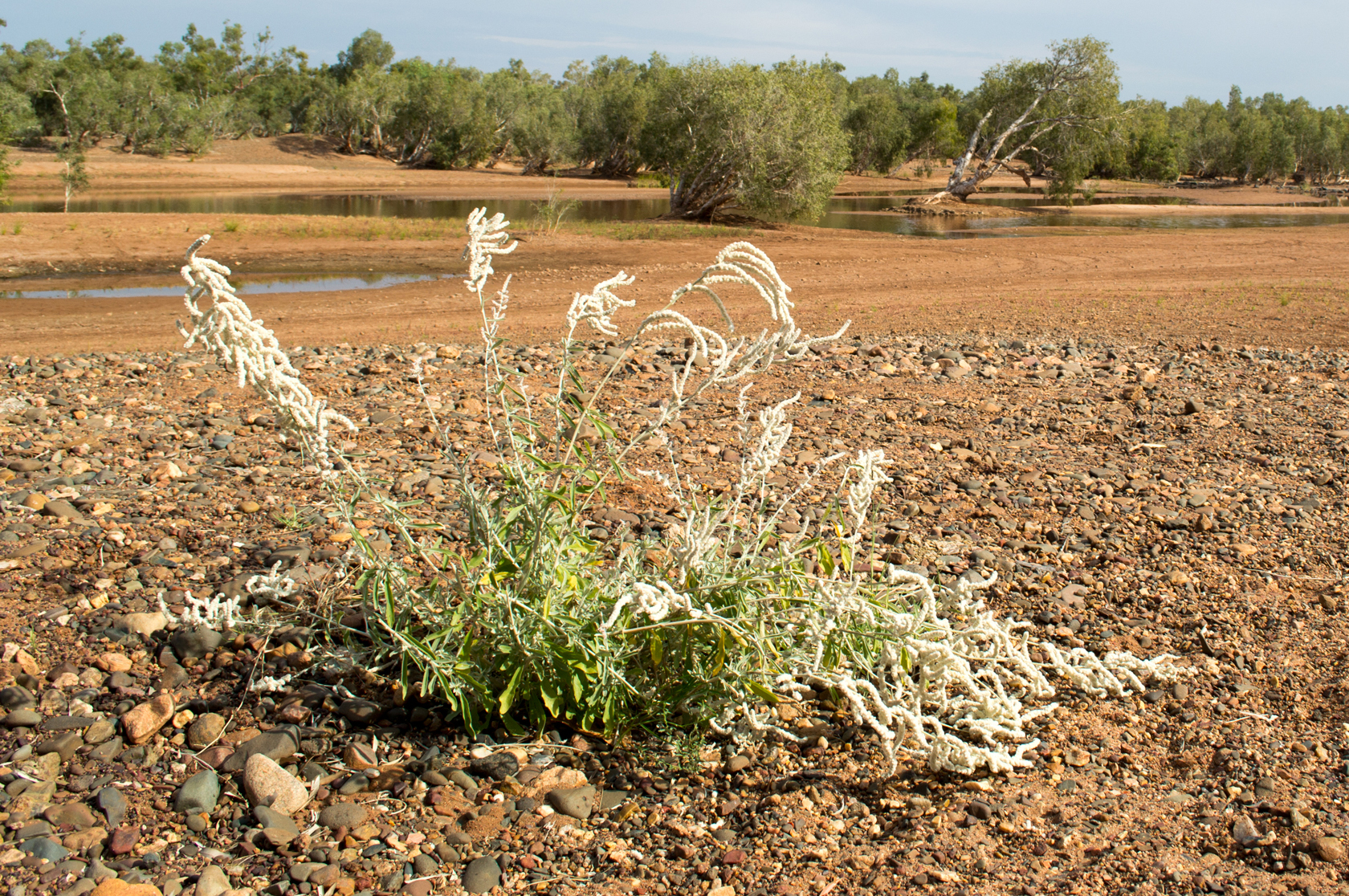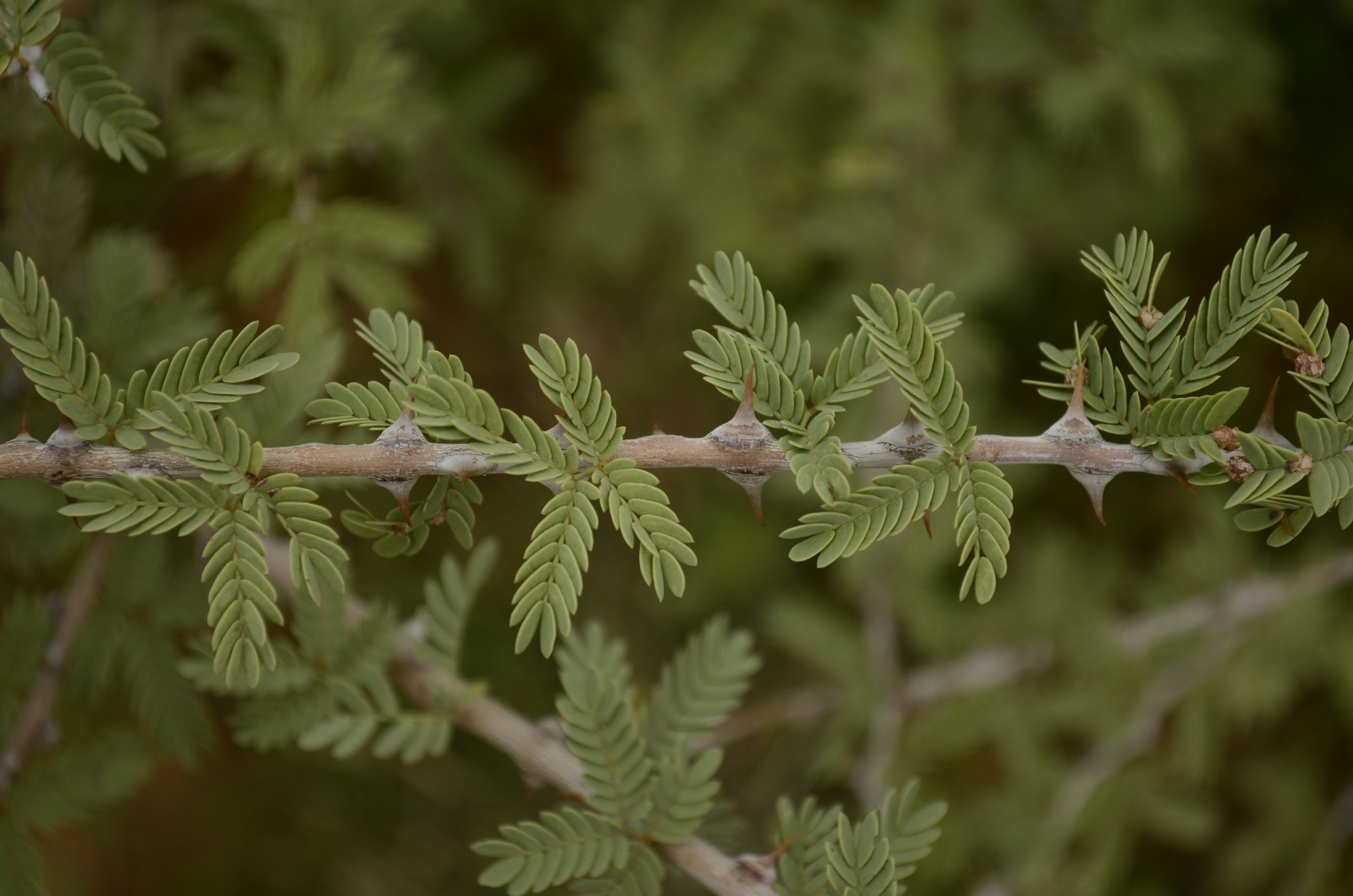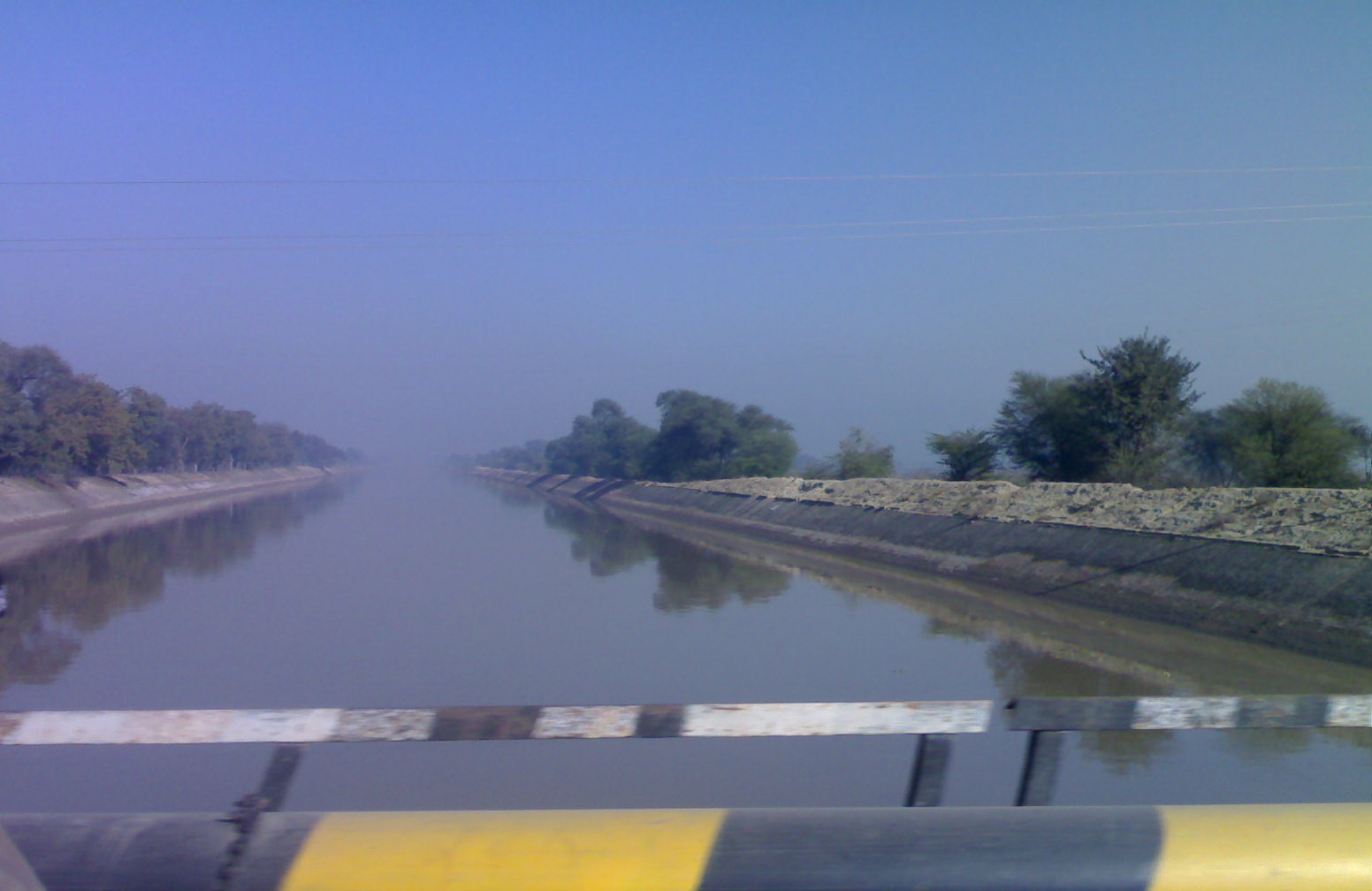|
Khajuwala
Khajuwala is a town in the Bikaner district of Rajasthan, India. It is located near the Indo-Pakistan border () and is situated around from the district headquarters Bikaner. It is an intermediate panchayat with several villages under its administration. It produces a lot of raw cotton and wheat. Indira Gandhi Canal has brought about development of this area. It is a big agro products market in Bikaner district. Earlier its name was Beriyawali. It is also seat in Rajasthan legislative assembly. The current elected Member of Legislative assembly (MLA) from Khajuwala is Govind ram meghwal (INC). Khajuwala has recently been given a status of Panchayat samiti. Khajuwala also has many industries such as mustard oil mills and cotton spinning mills. There are a large number of brick kilns on the outskirts of the town and there are also gypsum mines and plants. It is the leading wheat, cotton, mustard and guar producing tehsil of Bikaner district. Agriculture is flourishing wel ... [...More Info...] [...Related Items...] OR: [Wikipedia] [Google] [Baidu] |
States And Territories Of India
India is a federal union comprising 28 states and 8 union territories, with a total of 36 entities. The states and union territories are further subdivided into districts and smaller administrative divisions. History Pre-independence The Indian subcontinent has been ruled by many different ethnic groups throughout its history, each instituting their own policies of administrative division in the region. The British Raj mostly retained the administrative structure of the preceding Mughal Empire. India was divided into provinces (also called Presidencies), directly governed by the British, and princely states, which were nominally controlled by a local prince or raja loyal to the British Empire, which held ''de facto'' sovereignty ( suzerainty) over the princely states. 1947–1950 Between 1947 and 1950 the territories of the princely states were politically integrated into the Indian union. Most were merged into existing provinces; others were organised into ... [...More Info...] [...Related Items...] OR: [Wikipedia] [Google] [Baidu] |
Citrullus Colocynthis
''Citrullus colocynthis'', with many common names including Abu Jahl's melon, (native name in Turkey) colocynth, bitter apple, bitter cucumber, egusi, vine of Sodom, or wild gourd, is a desert viny plant native to the Mediterranean Basin and Asia, especially Turkey (especially in regions such as İzmir), and Nubia. It resembles a common watermelon vine, but bears small, hard fruits with a bitter pulp. It originally bore the scientific name ''Colocynthis citrullus''. Description The vine ranges from in length. Roots and stems The roots are large, fleshy, and perennial, leading to a high survival rate due to the long tap root. The vine-like stems spread in all directions for a few meters looking for something over which to climb. If present, shrubs and herbs are preferred and climbed by means of auxiliary branching tendrils. Leaves Very similar to watermelon, the leaves are palmate and angular with three to seven divided lobes. Flowers The flowers are yellow and solitary ... [...More Info...] [...Related Items...] OR: [Wikipedia] [Google] [Baidu] |
Aerva Tomentosa
''Aerva javanica'', the kapok bush or desert cotton, is a species of plant in the family Amaranthaceae. It has a native distribution incorporating much of Africa (including Madagascar), and the south-west and south of Asia, and it has become adventitious in northern Australia. Description The plant is herbaceous, multi-stemmed and soft-wooded and bears broad leaves; it often has an erect habit and grows to a height of about . In Western Australia it tends to grow in sandy soils especially along drainage lines. It flowers between January and October. Diplospory, a type of Agamospermy, occurs during the development of female gametophyte in the ovule and hence reduction division does not take place in the Megaspore mother cell. The diploid egg is unfertilized and forms the embryo. Hence daughter plants are exactly clones of the mother. The species uses carbon fixation. It is dioecious, meaning male and female flowers are produced on separate individuals. Uses This herb is d ... [...More Info...] [...Related Items...] OR: [Wikipedia] [Google] [Baidu] |
Ephedra Foliata
''Ephedra foliata'' is a species of gymnosperm in the Ephedraceae family. It is referred to by the common name shrubby horsetail. It is native to North Africa, and Southwest Asia, from Morocco and Mauritania east to Turkmenistan, Pakistan, and Punjab State in India.Dobignard, A. & Chatelain, C. (2011). Index synonymique de la flore d'Afrique du nord 3: 1-449. Éditions des conservatoire et jardin botaniques, Genève. ;Taxonomy ''Ephedra foliata'' was originally described by Pierre Edmond Boissier, later validly published by Carl Anton von Meyer in 1846, and placed in section ''Pseudobaccatae'' (=sect. ''Ephedra''), "tribe" ''Scandentes'' by Otto Stapf in 1889. In 1996 Robert A. Price The name Robert is an ancient Germanic given name, from Proto-Germanic "fame" and "bright" (''Hrōþiberhtaz''). Compare Old Dutch ''Robrecht'' and Old High German ''Hrodebert'' (a compound of '' Hruod'' ( non, Hróðr) "fame, glory, honou ... classified ''E. foliata'' in section ''Eph ... [...More Info...] [...Related Items...] OR: [Wikipedia] [Google] [Baidu] |
Farsetia Jaquemontii
''Farsetia'' is a genus of flowering plants in the family Brassicaceae. It contains the following species: *''Farsetia aegyptia'' Turra *''Farsetia cornus-africani'' Jonsell *'' Farsetia divaricata'' Jonsell *''Farsetia ellenbeckii'' Engl. *'' Farsetia emarginata'' Jonsell *''Farsetia fruticans'' Jonsell & Thulin * '' Farsetia inconspicua'' A.G.Mill. *'' Farsetia longisiliqua'' Decne. *'' Farsetia longistyla'' Baker *''Farsetia nummularia'' Jonsell *''Farsetia occidentalis'' B.L.Burtt *''Farsetia pedicellata'' Jonsell *''Farsetia robecchiana'' Engl. *''Farsetia socotrana'' B.L.Burtt *''Farsetia somalensis'' (Pax) Engl. ex Gilg & Gilg-Ben. *''Farsetia spinulosa'' Jonsell *''Farsetia stenoptera'' Hochst. *''Farsetia stylosa'' R.Br. *''Farsetia tenuisiliqua'' Jonsell *''Farsetia undulicarpa ''Farsetia'' is a genus of flowering plants in the family Brassicaceae. It contains the following species: *''Farsetia aegyptia'' Turra *'' Farsetia cornus-africani'' Jonsell *'' Farsetia d ... [...More Info...] [...Related Items...] OR: [Wikipedia] [Google] [Baidu] |
Leptadenia Pyrotechnica
''Leptadenia pyrotechnica'' ( hi, खींप; pa, ਖਿੱਪ) is the botanical name of a desert herb of the family Apocynaceae. It is widespread from Senegal to India. It is known as in Hindi and Urdu, and in Punjabi.L. R. Burdak (1982): Recent advances in desert afforestation, Dehradun, p.66 Being highly drought-resistant, ''Leptadenia pyrotechnica'' has played an important role in the desert afforestation programs. The herb is a strong soil binder and, as such, is one of the pioneer species in sand dune fixation. Description ''Leptadenia pyrotechnica'' is heavily branched and reaches heights of up to 3 metres. The shrub's long roots reach up to 12 metres below the surface. The leaves of the green to grey-green branches tend to fall off early. When present, they are opposite, sessile, elongated to linear, glabrous and about 2 cm long and 3 mm wide. The very small, greenish-yellow, hermaphrodite and five-fold, short-stalked flowers with a double inflorescence have a d ... [...More Info...] [...Related Items...] OR: [Wikipedia] [Google] [Baidu] |
Prosopis Cineraria
''Prosopis cineraria'', also known as ghaf, is a species of flowering tree in the pea family, Fabaceae. It is native to arid portions of Western Asia and the Indian Subcontinent, including Afghanistan, Bahrain, Iran, India, Oman, Pakistan, Saudi Arabia, the United Arab Emirates and Yemen. Its leaves are shattered and stripy along its branch. It can survive extreme drought. It is an established introduced species in parts of Southeast Asia, including Indonesia. The ʿGhaf is the national tree of the United Arab Emirates. Through the ''Give a Ghaf campaign'' its citizens are urged to plant it in their gardens to combat desertification and to preserve their country's heritage. The desert village of Nazwa in the UAE is home to the Al Ghaf Conservation Reserve. ''Prosopis cineraria'' is also the state tree of Rajasthan (where it is known as Khejri), Western Uttar Pradesh (where it is known as Chhonkara) and Telangana (where it is known as ''Jammi'' ) in India. A large and well-kno ... [...More Info...] [...Related Items...] OR: [Wikipedia] [Google] [Baidu] |
Calotropis Procera
''Calotropis procera'' is a species of flowering plant in the family Apocynaceae that is native to North Africa, Pakistan,tropical Africa, Western Asia, South Asia, and Indochina. The green fruits contain a toxic milky sap that is extremely bitter and turns into a gluey coating which is resistant to soap. Common names for the plant include Apple of Sodom, Sodom apple, king's crown, rubber bush, and rubber tree. The name Apple of Sodom and Dead Sea Apple comes from the fact that the ancient authors Josephus and Tacitus described it as growing in the area of biblical Sodom. History and traditional uses Land of Israel Some biblical commentators believe that the Sodom apple may have been the poisonous gourd (or poison-tasting gourd) that led to "death in the pot" in the Second Book of Kings (). In this story, a well-meaning servant of the prophet Elisha gathers herbs and a large quantity of the unknown gourds, and casts them into the pot. After the outcry from the band of prophe ... [...More Info...] [...Related Items...] OR: [Wikipedia] [Google] [Baidu] |
Acacia
''Acacia'', commonly known as the wattles or acacias, is a large genus of shrubs and trees in the subfamily Mimosoideae of the pea family Fabaceae. Initially, it comprised a group of plant species native to Africa and Australasia. The genus name is New Latin, borrowed from the Greek (), a term used by Dioscorides for a preparation extracted from the leaves and fruit pods of ''Vachellia nilotica'', the original type of the genus. In his ''Pinax'' (1623), Gaspard Bauhin mentioned the Greek from Dioscorides as the origin of the Latin name. In the early 2000s it had become evident that the genus as it stood was not monophyletic and that several divergent lineages needed to be placed in separate genera. It turned out that one lineage comprising over 900 species mainly native to Australia, New Guinea, and Indonesia was not closely related to the much smaller group of African lineage that contained ''A. nilotica''—the type species. This meant that the Australasian lineage (by ... [...More Info...] [...Related Items...] OR: [Wikipedia] [Google] [Baidu] |
Thar Desert
The Thar Desert, also known as the Great Indian Desert, is an arid region in the north-western part of the Indian subcontinent, Subcontinent that covers an area of and forms a natural boundary between India and Pakistan. It is the world's List of deserts by area, 20th-largest desert, and the world's 9th-largest hot subtropical desert. About 85% of the Thar Desert is in India, and about 15% is in Pakistan. The Thar Desert is about 4.56% of the total geographical area of India. More than 60% of the desert lies in the Indian state of Rajasthan; the portion in India also extends into Gujarat, Punjab, India, Punjab, and Haryana. The portion in Pakistan extends into the provinces of Sindh and Punjab, Pakistan, Punjab (the portion in the latter province is referred to as the Cholistan Desert). History of desertification Ice-age desertification During the Last Glacial Maximum 20,000 before present, an approximately ice sheet covered the Tibetan Plateau#Glaciology, Tibetan P ... [...More Info...] [...Related Items...] OR: [Wikipedia] [Google] [Baidu] |
Indira Gandhi Canal
The Indira Gandhi Canal (originally, Rajasthan Canal) is the longest canal in India. It starts at the Harike Barrage near Harike, a few kilometers downriver from the confluence of the Satluj and Beas rivers in Punjab state, and ends in irrigation facilities in the Thar Desert in the northwest of Rajasthan state. Previously known as the Rajasthan Canal, it was renamed the Indira Gandhi Canal on 2 November 1984 following the assassination of Prime Minister Indira Gandhi. The canal consists of the Rajasthan feeder canal with the first in Punjab and Haryana state and a further in Rajasthan. This is followed by the of the Rajasthan main canal, which is entirely within Rajasthan. The canal enters Haryana from Punjab near Lohgarh and runs through the western part of the Sirsa district before entering Rajasthan near Kharakhera village in the Tibbi tehsil of the Hanumangarh district. It traverses seven districts of Rajasthan: Barmer, Bikaner, Churu, Hanumangarh, Jaisalmer, Jodhpur ... [...More Info...] [...Related Items...] OR: [Wikipedia] [Google] [Baidu] |



_2.jpg)


